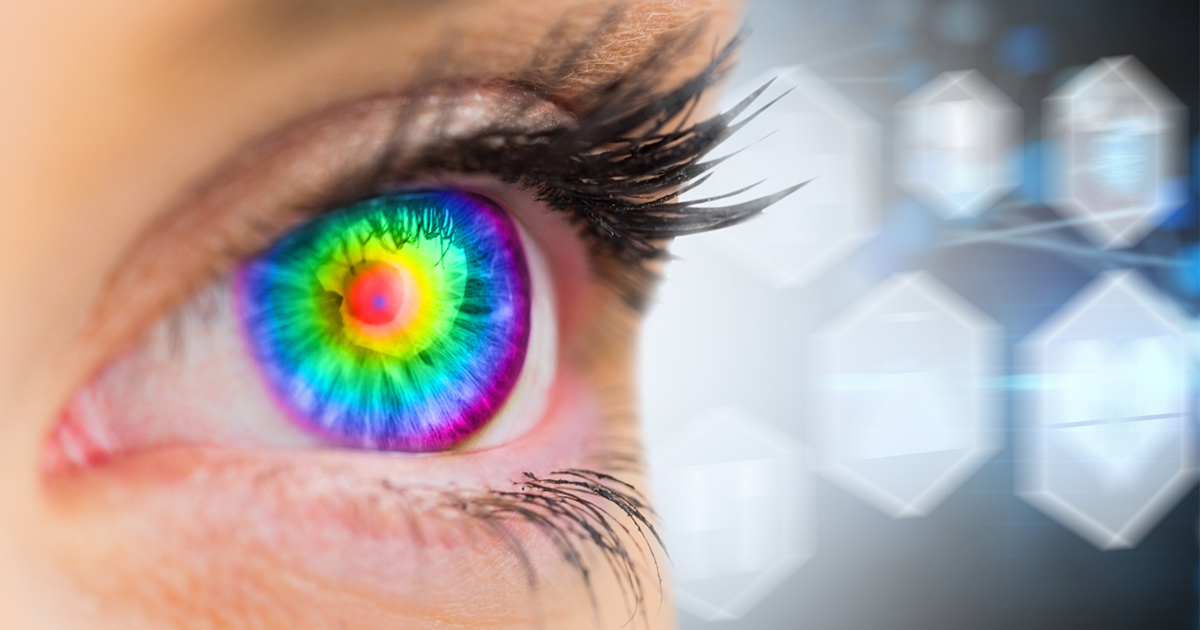Panel: Where Digital Health Fits in Ophthalmology

GAITHERSBURG, MD – Trusting Digital Health devices to identify slow-progressing eye diseases like glaucoma or diabetic retinopathy may make sense, but trained ophthalmologists, not machines, are still best suited to diagnose quick-moving, sight-threatening conditions such as retinopathy of prematurity (ROP), a panel of eye experts said here.
Diabetic retinopathy is “a great place to start” with automated image analysis or computer-aided diagnosis, because a consensus exists on how experts read those images, said Ingrid E. Zimmer-Galler, MD, associate professor of ophthalmology at Johns Hopkins’ Wilmer Eye Institute and director of Johns Hopkins’ Office of Telemedicine, during a panel discussion on the safety and efficacy concerns of Digital Health devices providing diagnoses. The discussion was part of an Ophthalmic Digital Health Workshop held October 23 by the Food and Drug Administration, Stanford’s Byers Eye Institute, and several ophthalmology organizations.
The diabetes epidemic globally will continue to worsen, she said. “We clearly need to do a better job evaluating patients with diabetes for retinopathy, because we have fantastic ways to treat the disease and we cannot afford to continue to have patients come into our practices with traction retinal detachments or come in at a point where we can’t do anything to preserve normal vision,” Dr. Zimmer-Galler stated.
If every patient with diabetes globally were to have recommended eye exams, they would happen once every seven seconds, she added. “We clearly don’t have the workload to examine all those patients in person” or evaluate the millions of images that would be generated, Dr. Zimmer-Galler noted.
DR and Machine-made Diagnosis
For diabetic retinopathy, added Dmitri Azar, MD, MBA, dean of the University of Illinois College of Medicine in Chicago and a director for ophthalmic innovations at Google, “It’s relatively easy to go ahead and let the machine make the diagnosis,” because the impact is low and the disease is slow to progress. The reason some devices or software programs can perform so well is that they can focus on 50 areas of a heat map, for example, while an expert can focus on maybe four or five. However, he added, “The higher the risk in missing a diagnosis, the more likely there will be a need (for devices) to assist physicians rather than replace them.”
Whether or not to employ devices independently from eye-care providers should depend on the rapidity of disease progression, said Darius M. Moshfeghi, MD, professor of ophthalmology at the Stanford University Medical Center and founder and director of the SUNDROP Telemedicine Initiative. Using devices to screen for glaucoma in a general population may be reasonable because the risk of vision loss is very slow over a long period of time. But ROP progresses so quickly that patients can wind up blind in as little as 24 to 48 hours, so in those situations a diagnostic system to assist the physician makes more sense than an independent one, he said.
About 2 million patients with eye complaints end up in emergency rooms and primary care offices each year, not necessarily with an ophthalmologist, said Maria A. Woodward, MD, assistant professor of ophthalmology and visual science at the University of Michigan and co-director of the Kellogg Eye Center for eHealth. However, only one-fifth of medical schools today provide ophthalmology training, and the primary providers in the ER don’t necessarily know how to diagnose eye conditions. In those situations, there is a “huge opportunity” for devices to help recognize eye disease and triage patients appropriately to an ophthalmologist, she said.
Conference co-sponsors were the American Academy of Ophthalmology, American Academy of Pediatrics, American Association for Pediatric Ophthalmology and Strabismus, American Association of Cataract and Refractive Surgery, and American Society of Retina Specialists.
